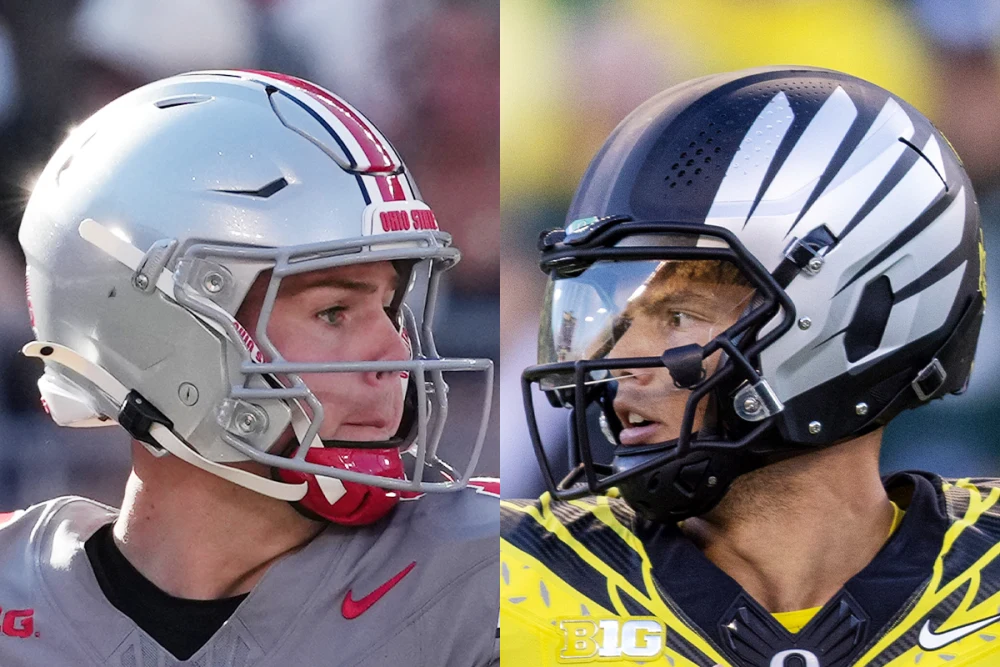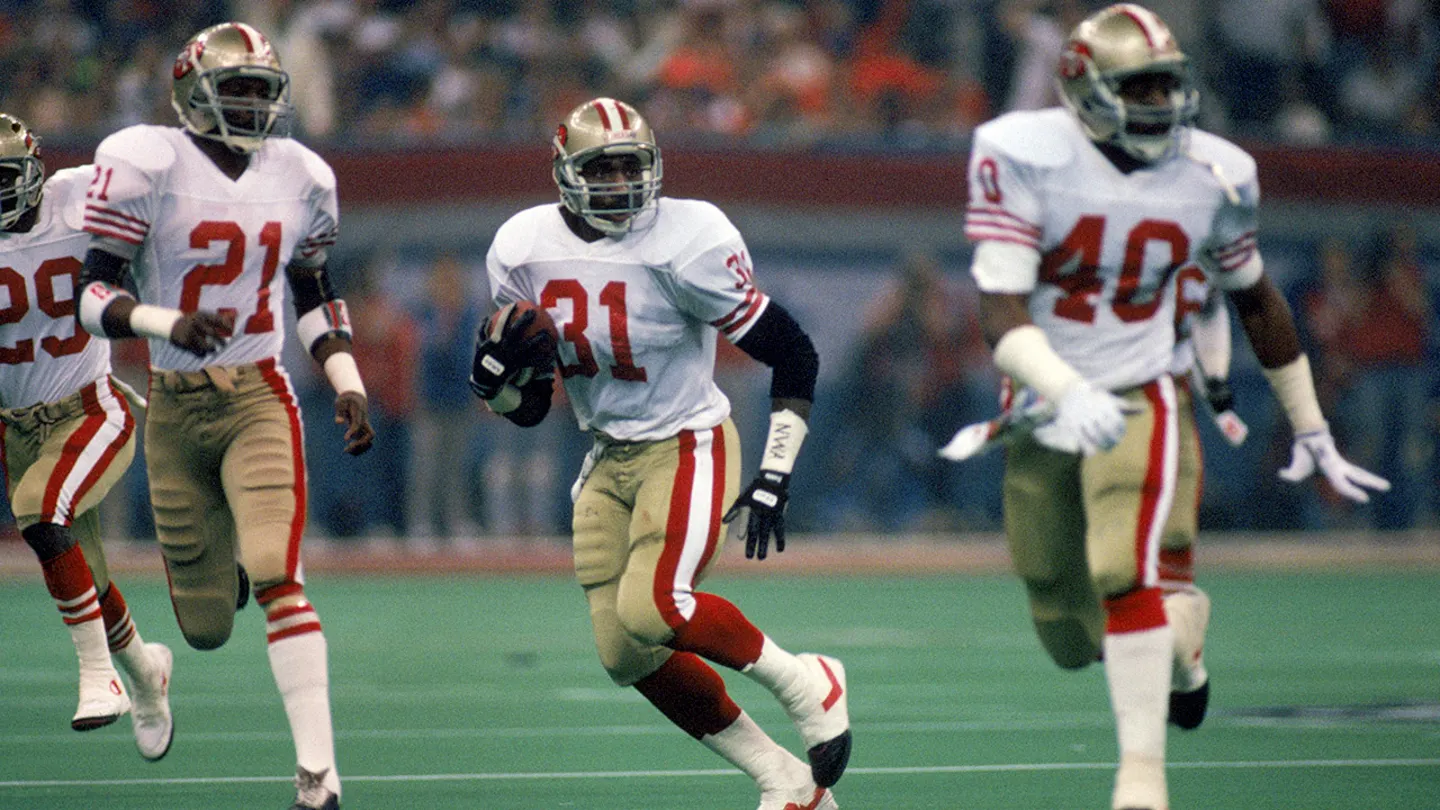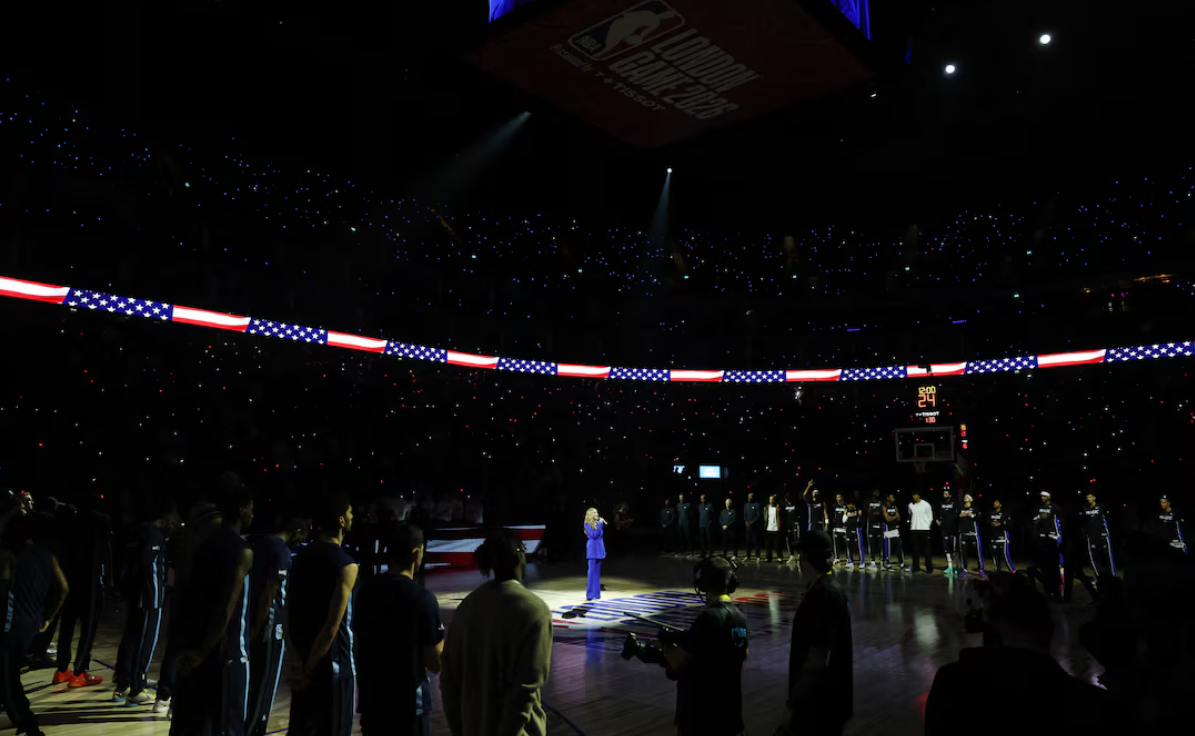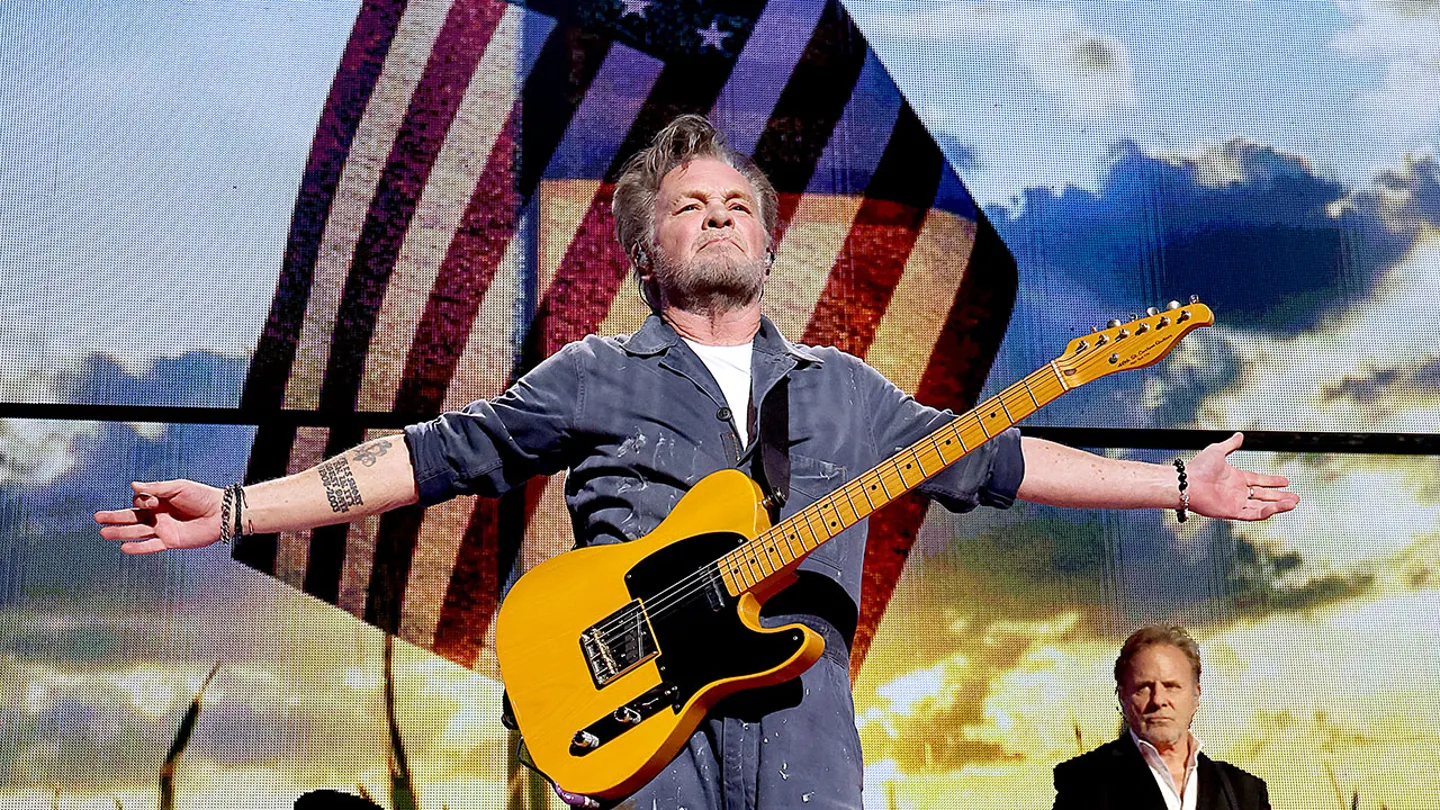On the last day in June, the rapper Pitbull emerged on a stage at the University of Texas wearing a football jersey in the school’s burnt orange color. Spring classes had been out for weeks, yet his concert capped an all-day party that had taken over the Austin campus.
The occasion was the Longhorns’ official entrance into the Southeastern Conference. Its blue and yellow logo was on tents and tables, and a sculpture of its slogan, “It Just Means More,” stood next to a reflecting pool as fans took turns taking pictures. A few hours north, a similar celebration was occurring at the University of Oklahoma, which was joining Texas in its conference jump. When dusk arrived and the concert ended in Austin, fireworks shot off from the top of the university’s tallest tower. At midnight, as the calendar switched to July 1 and two of the country’s richest athletic departments joined its most dominant league, college football had officially entered its super-conference era.
More than three months later and nearly 1,700 miles west of Texas, the first reverberations of that new era will be truly felt for the first time Saturday, when third-ranked Oregon (5-0) hosts second-ranked Ohio State (5-0).
There are, of course, football reasons to focus on the game at Autzen Stadium in Eugene (7:30 p.m. ET, NBC/Peacock). By nearly any metric, Ohio State coach Ryan Day has been remarkably successful, having gone 41-3 against conference opponents since 2019 — yet with all three of those losses coming against rival Michigan, he faces pressure and a restlessness within his own fan base to at last win a national championship. Unbeaten but somewhat unremarkable this season, Oregon is meanwhile trying to return to the College Football Playoff for the first time in a decade.
The game marks a shift in the sport’s eras because of all that is happening outside the white lines. Until kickoff in Eugene, all of this season’s marquee games will have occurred between teams that would have met even in previous years, when conference geography was still regional. Alabama and Georgia’s showdown on Sept. 28 was a repeat of previous SEC title games. Though Texas and Oklahoma will meet as SEC rivals for the first time Saturday morning in Dallas, they have played each other since 1900.
However, Ohio State versus Oregon in a game that counts not as a non-conference game, or a Rose Bowl matchup on New Year’s Day, but in the Big Ten standings? For the first time since the five most powerful conferences dwindled to four last year, following the collapse of the Pac-12 Conference, the new reality of bicoastal conferences will materially influence college football’s playoff race in the form of a super-sized conference game whose pairing once would have been hard to imagine.
Oregon, Washington, UCLA and Southern Cal didn’t leave the Pac-12 because they thought a conference with the name “Big Ten” yet counting 18 members made sense or because they saw a shared history with schools like Rutgers, Illinois or Nebraska. Their move was prompted because given the upheaval around the NCAA’s structure and governance, the Big Ten’s lucrative media rights deal offered safer harbor — as did the SEC’s own big-money annual payouts to Texas and Oklahoma.
The potential for more revenue could drive consolidation further. Dueling proposals for “super league” concepts that would break the most resource-rich schools away from the have-nots to an even greater degree have gone public this month. Their stated aim is to promote more matchups more often between otherwise separated blue-blood programs — games just like Oregon vs. Ohio State.
Whether college administrators support either super-league proposal remains to be seen. But it was fitting that officials from the Big Ten and the SEC, the two most powerful conferences, whose decisions often dictate the trajectory of the rest of the NCAA, met in Nashville, Tennessee, on Thursday to discuss their alignment. The summit was a reminder that the remaking of college football hasn’t ended. But it has started a new chapter. Technically, it opened with summertime parties. Yet it arrives in earnest Saturday in the Northwest, in a conference matchup once thought nearly unthinkable.




